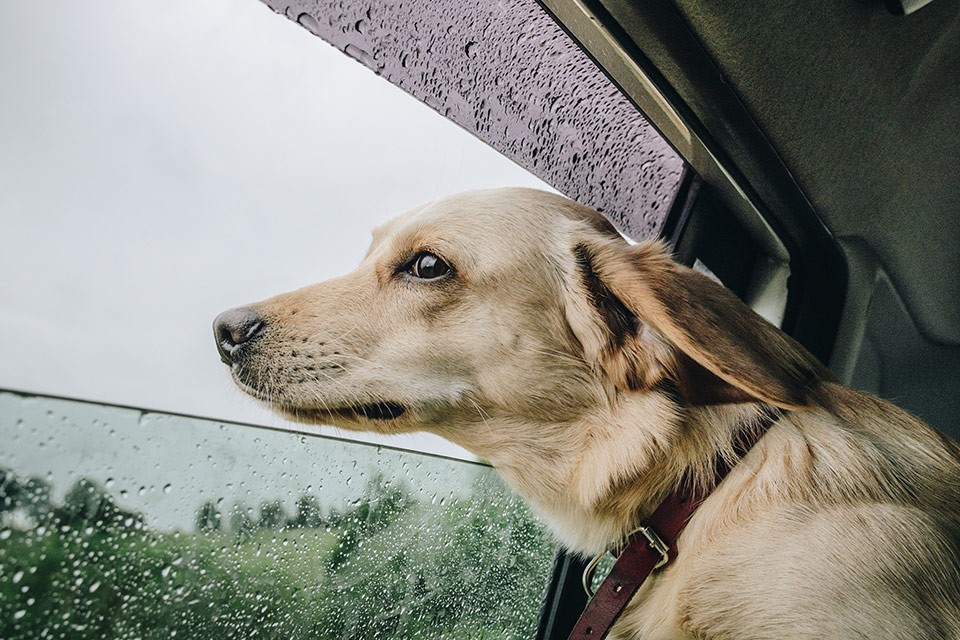
Traveling with pets can be stressful, both for them and you. Traveling with an anxious pet can be incredibly challenging. However, it may be unavoidable if you cannot leave your pet at home or with a caregiver. The good news is that you can travel safely, even with an anxious pet, with some preparation and guidance.
Before you travel with your pet, it’s important to ensure you are prepared to keep them safe and healthy. Keep in mind that pets cannot understand what is happening when they are traveling or why they are away from their home. This can cause anxiety in the calmest of animals, but travel exacerbates stress in pets that already have an anxious temperament. Therefore, it’s best to anticipate their needs and prepare for as many situations as possible.
Some steps to take before you travel with your pet are:
If travel with your anxious pet is a must, you will be doing everyone a favor by organizing and preparing as much as possible before your trip.
Just like people, pets suffer anxiety for many reasons. Your anxious pet may fear abandonment as well as unfamiliar sounds, places, people, or even other pets. One of the best tools for pet owners to ease an anxious pet, especially before traveling, is to practice socialization. For pets, socialization is a process in which animals are exposed to new people, places, and things positively to generate feelings of comfort and familiarity. This reduces anxiety.
One of the best ways to socialize your pet is to take them on walks to different public places. It encourages good leash or harness training and helps your anxious pet become more accustomed to different places, people, and sounds. This will help your pet feel less anxiety when it comes time to travel.
Practicing socialization with your pet should be a gradual process to not feel added stress or pressure. Other places you might try visiting are dog parks and pet-friendly businesses. If your anxious pet seems very resistant to socialization, it may be best to consult a professional trainer—especially before traveling.
It’s essential to monitor your pet for signs of stress and provide them with lots of praise and love during the socialization process. You know your pet best, and they will be looking to you for guidance and understanding. If you are consistent and considerate, chances are that your pet will feel less anxious in new surroundings, making it much easier to travel.

Travel can be a wonderful experience. However, traveling with your anxious pet can lead to more stress, anxiety, and frustration for everyone. Therefore, pet owners need to manage their expectations to minimize negative energy.
Many studies have indicated that pets, especially dogs and cats, are aware of human emotions and feel them. This is particularly true for negative emotions. Since travel is inherently stressful for animals, experiencing added pressures and frustration from their owners will only compound the problem—especially for an anxious pet.
As a responsible pet owner, you can reduce the level of stress and anxiety for yourself and your pet by considering the following suggestions for managing expectations:
Traveling with an anxious pet is not easy. However, preparing ahead, practicing socialization, and managing expectations will make for better travel.